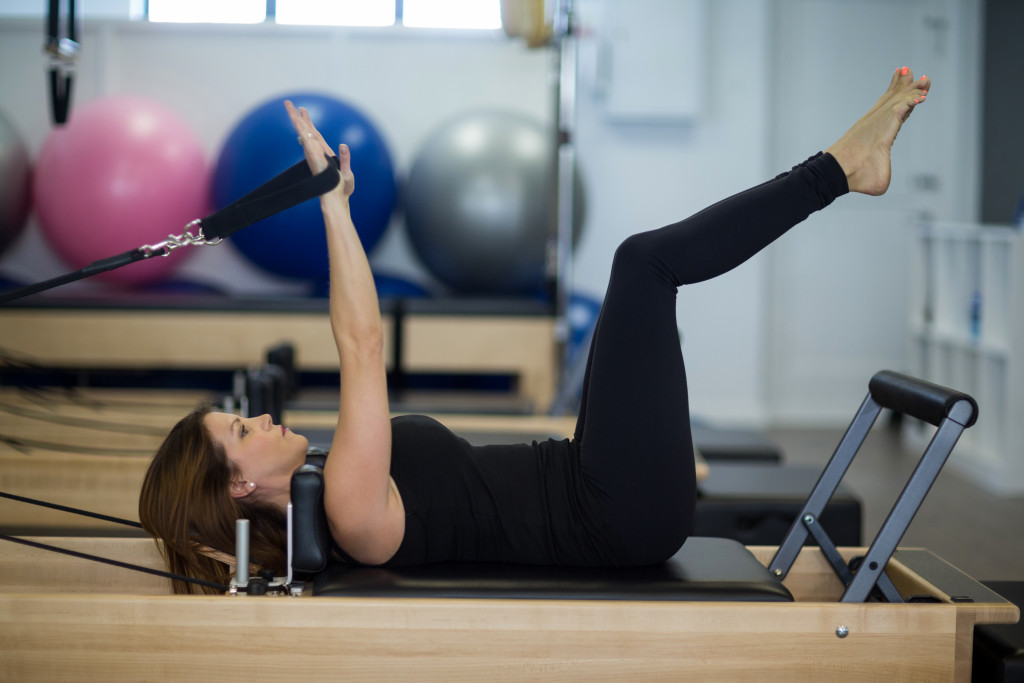Exercise is essential in staying fit and healthy — more so for seniors. A few minutes of exercise a week goes a long way in preserving the quality of life, in more ways than one.
Health
Three counties in Colorado have the highest life expectancy in the US. Colorado also has one of the lowest obesity rates in the nation (at 23 percent compared to 40 percent for the rest of the U.S.). Obesity is one of the biggest factors in almost every major disease and condition affecting Americans — particularly heart problems, diabetes, and cancer. Obese individuals have higher risks of dying from diabetes, complications of the kidney, and liver disease (60-120 percent increased risk compared to healthy/non-obese individuals).
They also have increased risks of succumbing to heart problems (40 percent more), as well as cancer (10 percent more). Obesity in seniors is quite prevalent. As people age, it becomes easier to gain weight — as lipids are metabolized at a slower rate. Exercise can minimize, or even reverse, weight gain — reducing much of the health risks associated with obesity. Just 10 minutes of exercise per week reduces the risk of dying (from any cause) by 34 percent. 150 minutes of exercise per week or 20-25 minutes per day reduces the risk of dying by 47 percent.
More than 300 minutes per week or 40-45 minutes per day reduces the risk of dying by 54 percent. Exercise is not limited to the usual calisthenics or intense physical activities. Light physical activities like walking, gardening, or performing a few household chores also count as exercise.
Mobility
Joint aches and pains are expected once one gets older — with some seniors even requiring the aid of canes, walking aids, or wheelchairs to move about. Osteoporosis is also common in seniors, making them susceptible to fractures after suffering a fall. Mobility problems are almost expected in seniors — but they can be minimized or prevented.
Utah has the most active seniors in the nation — and its outdoor culture is one of the biggest factors. Regular exercise fortifies the joints and ligaments, while also strengthening the bones. Exercise also sharpens one’s reflexes, quickening reaction times as well as improving balance. The risks of falls and slips also decrease in seniors with regular exercise. Seniors with mobility problems can still exercise in the pool (swimming or walking in the water) or by engaging in whatever physical activity they can muster.
Clarity

Miami, Florida has one of the lowest rates of Alzheimer’s in the nation. Florida is also the most popular destination for senior retirees — with seniors making up 20-22 percent of the population. Seniors from all over the US flock to the state, but its statistics on Alzheimer’s is a stark contrast to the rest of the nation’s. Florida’s Alzheimer’s mortality rate stands at 19 per 100,000 — compared to the nation’s 37 per 100,000.
The active lifestyle of Miami seniors plays a big part in warding off Alzheimer’s. According to the Alzheimer’s Research & Prevention Foundation, regular exercise and moderate physical activities can reduce the risk of Alzheimer’s in seniors by 50 percent. Exercise can also slow down the deterioration of individuals already suffering from Alzheimer’s. Physical activity stimulates the brain — prompting it to maintain existing neural connections as well as create new ones.
Moderate exercise also strengthens the heart, allowing it to work better in pumping blood to the brain. Any form of exercise is beneficial in preventing Alzheimer’s — particularly those with a group. Social engagement is also a big factor in warding off the disease, so aim for group activities like dance classes, regular walking tours, or group exercise.
Regular exercise strengthens the body and the mind. It gives seniors the freedom to do what they want and the lucidity to enjoy what they’re doing.
